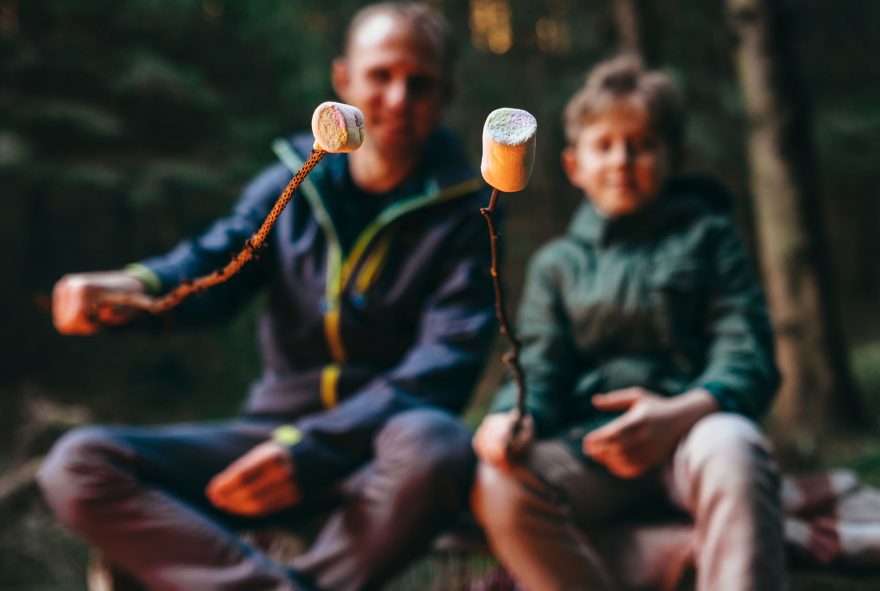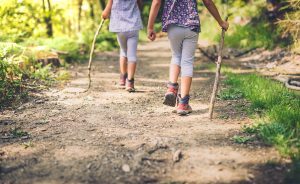
“Unless we are willing to encourage our children to reconnect with & appreciate the natural world, we can’t expect them to help protect & care for it.” — David Suzuki
Whether it’s the threat of a pandemic hanging over our heads, a long spell of unfavorable weather, or the difficulty of finding time in the day, it’s easy to see how many kinds can find themselves indoors and glued to their electronic devices. It’s important to me, when I get home from work, and my wife to make the little ones go outside — especially on weekends.
Simple things such as playing catch with a football in the front yard or taking a quick jaunt over to the pond in the back of our property. While this is valuable, I think they get the most benefit is getting them to trek along on one of my walks. These excursions are the perfect opportunities to teach them about the ecological world, as we stroll through the agriculture fields and forests. Every outing is different and presents new learning experiences. It could be me providing them guidance on how to use natural resources for survival or them trying to identify animals by tracks, sounds and movement.
One recent experience that comes to mind was when my youngest asked why I thought they were called white-tailed deer. Instead of giving him my answer, I had him watch the movement of the deer next time we spooked them on the trail. He observed that when they were scared, their tails went up displaying a patch of white hair, a warning to fellow deer about potential danger. He reasoned that that is how they got their name, and it sounded logical to me. I believe experiences like these benefit them personally, and I hope it helps them gain respect for the environment, conversation and sportsmanship, whether they become hunters like myself or not.

There are numerous benefits to letting children get outside and play in the natural world. Besides gaining respect for wildlife, quite a few studies from reputable sources support the evidence. It:
- Builds confidence — how the child treats nature means they have the power to control their own actions.
- Promotes creativity and imagination — thinking more freely, designing their own activities and approach the world in inventive ways.
- Teaches responsibility — learn what happens when they don’t water a plant or pull a flower out by the roots.
- Provides different stimulation — unlike with electronic devices, you can see, smell and taste the outdoors, using more of your senses.
- Gets kids moving — even a brisk walk will increase activity and help to get kids more focused.
- Makes them think — different situations make kids ask questions about the planet and the life it supports.
- Reduces stress and fatigue — in natural environments it has been shown that kids practice effortless attention, which creates feelings of pleasure.
This appreciation of nature is something that needs constant development in children, and if this kind of thing doesn’t happen, it could leave the future of the environment in peril when they don’t have any basis to make decisions for what’s best. I believe it’s the greatest gift we can give them.
Don’t get me wrong, I have been known to spend countless hours on electronic devices, but when most people my age were growing up, we were almost always outside. Of course, we didn’t have smartphones and video games so it isn’t really a fair comparison. We were always building forts in the woods, digging in the dirt or splashing around in local creeks catching crayfish and other critters. These encounters gave us an appreciation for the natural world, and we should do our part to pass this knowledge onto our children.
Joel M. Herrling is a freelance outdoors writer/photographer in central New York. He enjoys spending time in the outdoors with his family.
 Your Privacy Choices
Your Privacy Choices